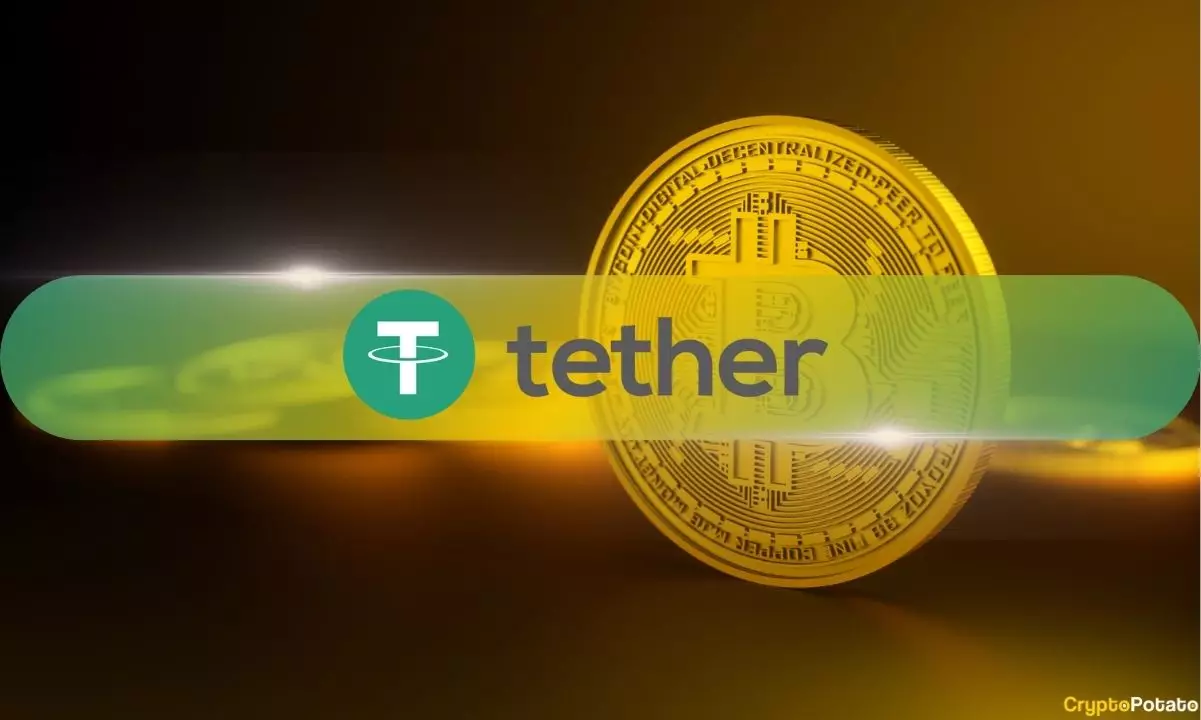In a recent disclosure, Tether CEO Paolo Ardoino provided significant insights into the company’s reserves, revealing their substantial holdings: $5.58 billion in Bitcoin (BTC), $3.87 billion in gold, and around $100 billion in U.S. Treasury bonds. This announcement arrives at a crucial moment as Tether faces renewed scrutiny stemming from allegations related to a federal investigation in the United States. Such a backdrop raises important questions about the alignment of Tether’s assets with its obligations to USDT, its widely used stablecoin.
During the PlanB event held in Lugano, Switzerland, the unveiling of a Satoshi Nakamoto statue coincided with Ardoino’s disclosure of Tether’s asset composition. The market took notice when details of the presentation were shared on social media, prompting discussions regarding the adequacy of these reserves, particularly in light of USDT’s recent market cap of approximately $120 billion. Concern arose when users questioned whether holding 82,454 BTC and 48.3 tons of gold was sufficient to substantiate the value of USDT consistently.
In response to the growing discourse online, Ardoino reassured stakeholders that Tether’s reserves encompass not only Bitcoin and gold but also significant investments in U.S. Treasury bonds. This clarification aims to alleviate apprehensions regarding the company’s ability to maintain the dollar peg of USDT. However, the timing of this announcement is interesting, especially as a Wall Street Journal report emerged, claiming that the U.S. Attorney’s Office in Manhattan was investigating Tether for potential money laundering activities—a situation that could severely impact the company’s reputation and operations.
Critics of Tether have long questioned the adequacy and transparency of its reserve assets, especially in relation to USDT’s dollar equivalence. The allegations, which suggest possible ties to illegal activities such as drug trafficking and financing terrorism, fuel the skepticism surrounding Tether. The report alleges that Tether might have inadvertently facilitated transactions for sanctioned groups, a claim that Ardoino vehemently disputes.
Despite these serious allegations, Tether has consistently maintained that there is no basis for the investigations mentioned in the WSJ article. Ardoino has characterized the article’s claims as “unequivocally false,” asserting that the company cooperates with law enforcement to combat illicit practices. According to Tether’s own reporting, they have recovered over $109 million in assets associated with criminal activities since their inception in 2014.
This relationship with law enforcement is a crucial aspect of Tether’s strategy to assert its legitimacy in the face of ongoing scrutiny. The question of whether Tether’s operations in politically sensitive areas, like Venezuela and Russia, have allowed abuse of international sanctions remains contentious. While Tether seeks to portray a narrative of compliance and security, the persistent inquiries into its operations could hinder its acceptance within more conservative financial circles.
As Tether’s narrative unfolds amid legal scrutiny and operational challenges, the broader cryptocurrency landscape watches closely. Market confidence hinges on the ability of Tether to not just clarify its reserve practices, but also to navigate the complex regulatory environment that envelops the cryptocurrency sector. Moving forward, transparency and accountability will be paramount for Tether, especially as the demand for stablecoins continues to expand. The implications of these investigations could resonate not just for Tether but for the entire cryptocurrency industry, urging a reconsideration of regulatory practices and reserve policies in this evolving financial ecosystem.
















Leave a Reply